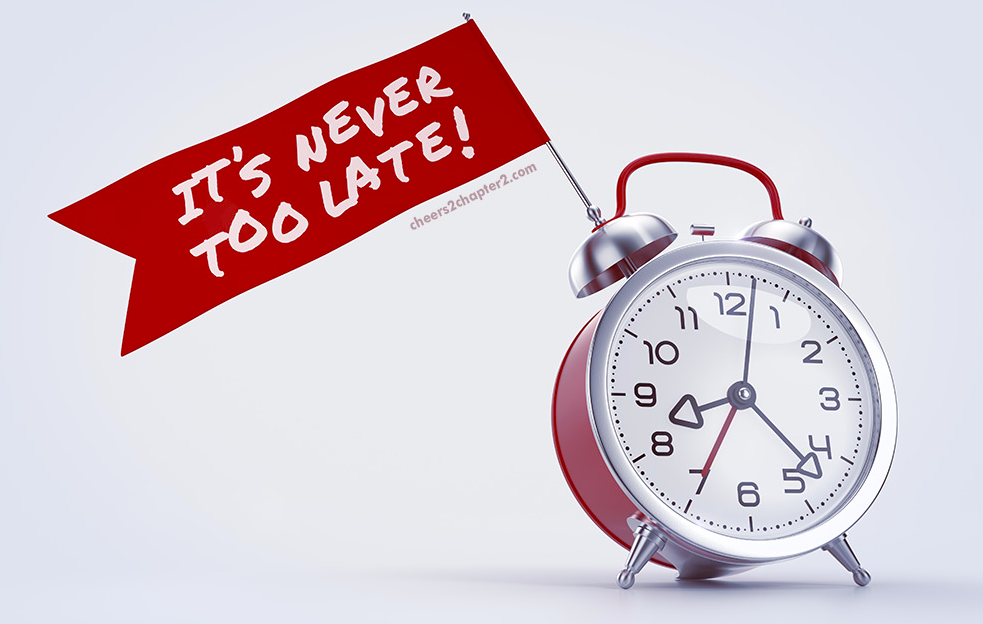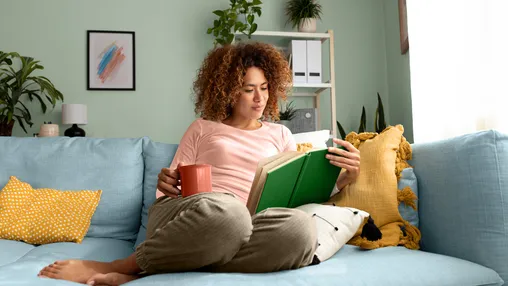Good water management depends on environmental sustainability and financial effectiveness. Understanding and maximising water consumption patterns is essential for homes and companies as water shortages become more urgent. Individuals can significantly lower their water footprint by evaluating present consumption, installing water-saving appliances, changing conscious behavior, and preserving efficiency. This all-encompassing strategy helps preserve a valuable resource, results in financial savings and advances sustainable living in local communities.
Assessing water usage
Finding places where efficiency can be raised depends on current water consumption trends. Review water bills first to find usage trends and identify times of highest consumption. Examining all plumbing fittings, appliances, and irrigation systems and thinking about water tank replacement helps one find overlooked leaks or inefficiencies. To get a real-time understanding of water consumption, also consider installing water meters or monitoring tools, thereby guiding more wise choices on conservation techniques.
Implementing water-saving fixtures and appliances
Upgrading to water-efficient appliances and fixtures without compromising performance can greatly lower use. Low-flow showerheads, dual-flush toilets, and aerated taps—all meant to reduce water use while preserving comfort and utility—should all be installed. Investing in washing machines and energy-efficient dishwashers can also help to maximise savings since these equipment runs shorter water cycles. These adjustments not only help the environment but also, over time, reduce utility costs.
Adopting water-saving practices
Little behavioural adjustments might have a big impact on water consumption. Effective tactics for people and households are encouraging shorter showers and shutting off taps during tooth brushing. In business environments, clear maintenance and cleaning policies and effective water use instruction for staff members help promote conservation. Using rainwater collecting systems for toilet flushing or irrigation will further help to maximise resources by further improving water efficiency and, therefore, lowering reliance on main supplies.
Monitoring and maintaining water efficiency
Maintaining efficiency over time requires a consistent review of water use as well as maintenance of fixtures. Create a schedule for looking for leaks, fixing appliances, and ensuring every water-saving gadget runs as it should. Consider applying smart technology, including water monitoring systems, to set alarms for odd use patterns or possible leakage. Through thorough water consumption data, one can spot patterns and places for development, enabling quick changes to fixtures and behaviours as required. This preventive strategy not only saves water but also helps to prevent expensive repairs and high costs.
Conclusion
Finally, improving water efficiency requires maintaining systems, evaluating present consumption, changing fixtures, and implementing conservation techniques. Understanding consumption patterns and using water-saving devices will help people and businesses greatly lower their water footprint and simultaneously enhance their finances. Regular monitoring and preventive maintenance help guarantee that these initiatives stay successful, promoting a sustainable interaction with this essential resource. Individuals become more conscious of water responsibility and conservation using these approaches, so they preserve their surroundings. Including innovative water-saving devices and sustainable practices will help one easily attain long-term conservation goals. Apart from improving the surroundings, a commitment to reasonable water consumption helps communities cope with water shortage problems.






























